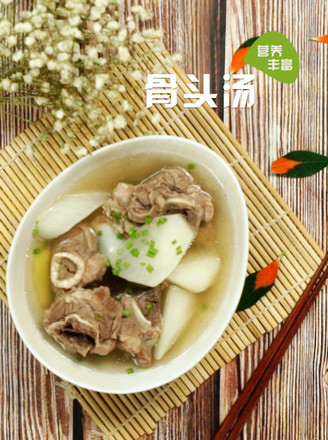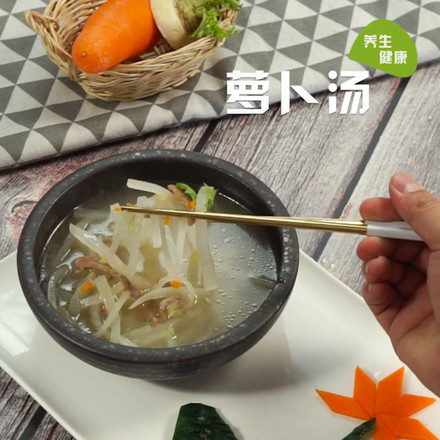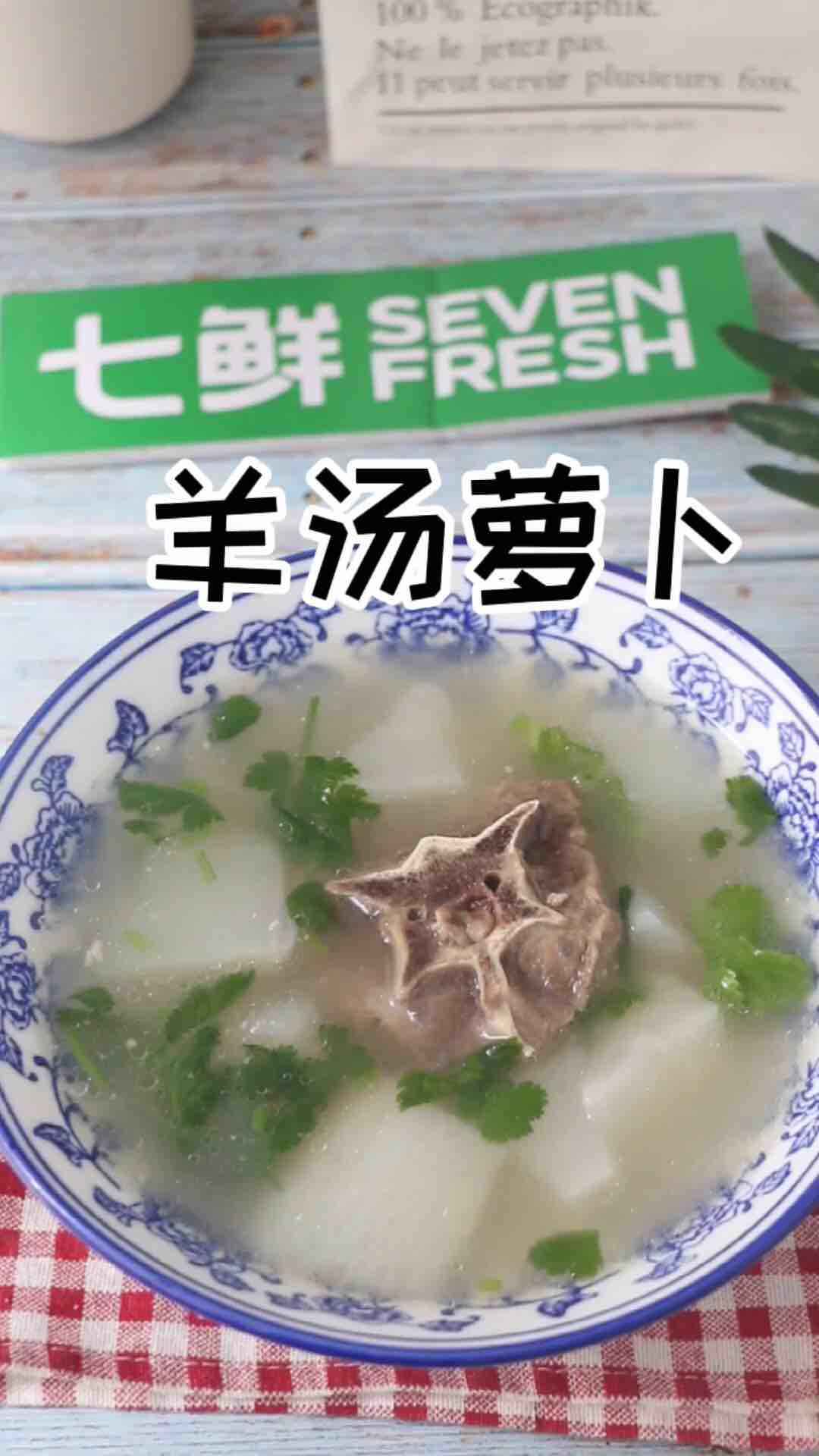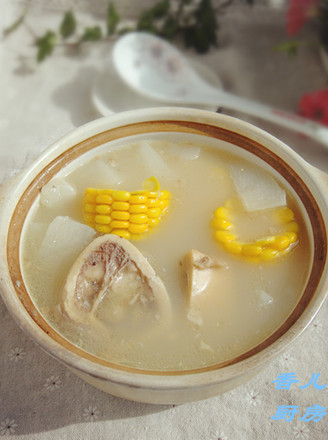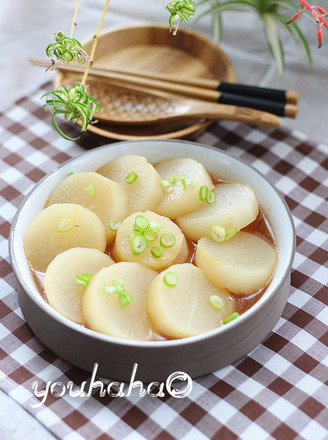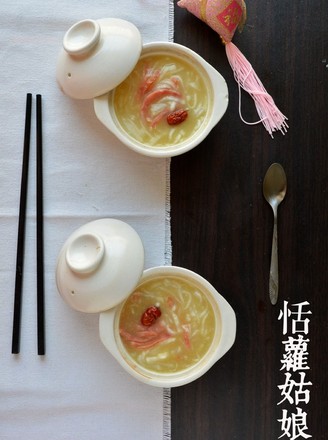[white Radish that Makes You Delicious] Bu Licui
by Star Chef House
Favorite
Difficulty
Easy
Time
30m
Serving
2
Radish is also known as Cailian and Luofu. my country is the hometown of radish nutrition. It has a long history of cultivation and consumption. Radishes have been recorded in the "Book of Songs". It can not only be used to make dishes, such as frying, boiled, cold dressing, etc.; it can also be eaten raw as a fruit with a delicious taste; it can also be used as pickles and pickles to pickle. Radishes are rich in nutrients and have good edible and medical value. There is a saying that "eating radish in winter and ginger in summer will keep you safe throughout the year".
Radish contains a variety of trace elements that can induce the human body to produce interferon, which can enhance the body's immunity and inhibit the growth of cancer cells, which is of great significance for cancer prevention and anti-cancer. The B vitamins and minerals such as potassium and magnesium in radish can promote gastrointestinal motility and help discharge waste from the body. Regular consumption of radish can lower blood lipids, soften blood vessels, stabilize blood pressure, and prevent coronary heart disease, arteriosclerosis, cholelithiasis and other diseases.
Radish is also a traditional Chinese medicine, with its cool nature and sweet taste, which can eliminate stagnation, relieve phlegm, clear away heat, lower the qi, and detoxify. "
Radish contains a variety of trace elements that can induce the human body to produce interferon, which can enhance the body's immunity and inhibit the growth of cancer cells, which is of great significance for cancer prevention and anti-cancer. The B vitamins and minerals such as potassium and magnesium in radish can promote gastrointestinal motility and help discharge waste from the body. Regular consumption of radish can lower blood lipids, soften blood vessels, stabilize blood pressure, and prevent coronary heart disease, arteriosclerosis, cholelithiasis and other diseases.
Radish is also a traditional Chinese medicine, with its cool nature and sweet taste, which can eliminate stagnation, relieve phlegm, clear away heat, lower the qi, and detoxify. "

![[white Radish that Makes You Delicious] Bu Licui [white Radish that Makes You Delicious] Bu Licui](https://img.simplechinesefood.com/0b/0bd61fdd6fc54010526c1366db364fa5.jpg)
![[white Radish that Makes You Delicious] Bu Licui recipe [white Radish that Makes You Delicious] Bu Licui recipe](https://img.simplechinesefood.com/8d/8d947be8932c36532d18bd0973769770.jpg)
![[white Radish that Makes You Delicious] Bu Licui recipe [white Radish that Makes You Delicious] Bu Licui recipe](https://img.simplechinesefood.com/60/600b455f230e07934e358bff0c6fdc88.jpg)
![[white Radish that Makes You Delicious] Bu Licui recipe [white Radish that Makes You Delicious] Bu Licui recipe](https://img.simplechinesefood.com/b5/b5a239e504b196f5abe0dd649106eb65.jpg)
![[white Radish that Makes You Delicious] Bu Licui recipe [white Radish that Makes You Delicious] Bu Licui recipe](https://img.simplechinesefood.com/d6/d68473ace4bd58ffffc8dba760bf52f3.jpg)
![[white Radish that Makes You Delicious] Bu Licui recipe [white Radish that Makes You Delicious] Bu Licui recipe](https://img.simplechinesefood.com/66/662821d03b1512392102ccb518a282e1.jpg)
![[white Radish that Makes You Delicious] Bu Licui recipe [white Radish that Makes You Delicious] Bu Licui recipe](https://img.simplechinesefood.com/ad/adaab765f6362bbaa1bd9b0326eb42d1.jpg)
